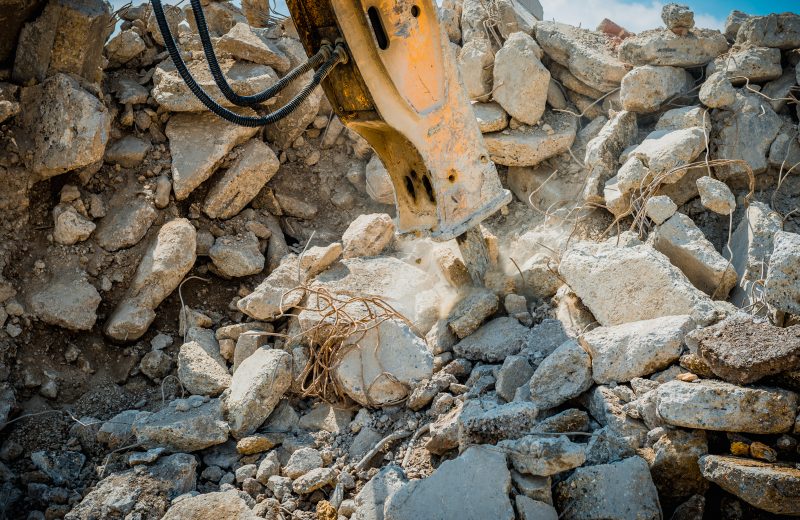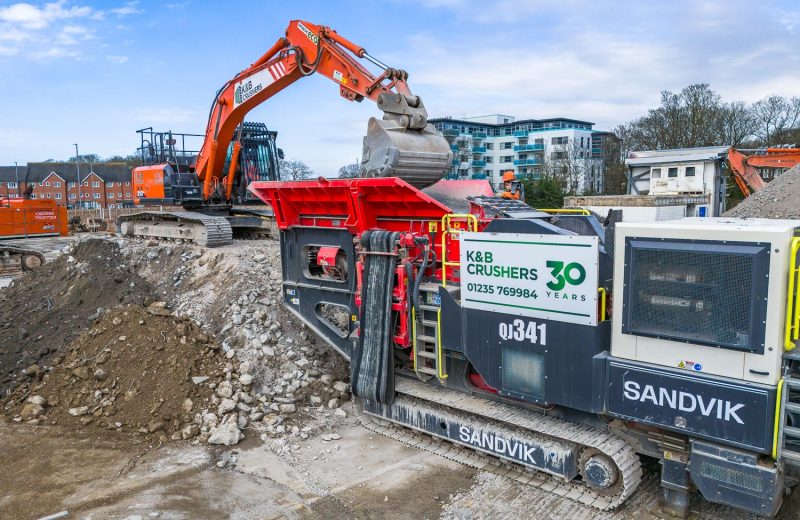Decorative concrete can be a spectacular centrepiece in your garden, whether it’s a pathway, patio or other key features, but there is often a misconception that concrete is pretty much invulnerable. However tough concrete is, there’s one thing that causes damage to it without adequate preparation: winter. The freeze-thaw cycle presents a real risk for concrete, so here’s what you need to know to keep your concrete in tip-top condition.
How winter damages decorative concrete
The way winter damages concrete comes down to the freeze-thaw cycle. As temperatures plummet and water within the concrete freezes, this worsens any existing cracks and damage, shortening the lifespan of your decorative concrete.
When water freezes, it expands by almost ten per cent. If your concrete is unsealed and waterlogged, prepare for some expanding cracks and damage through the freeze-thaw cycle this winter. This leads to several problems in patios and decorative concrete, from simple cracks expanding to flaking or scaling concrete, often resulting in uneven surfaces and safety issues, as well as ruining the appearance of stamped and stained concrete features.
In the UK, we can have some hellish winters, with plenty of freezing and thawing, making for serious issues if you don’t take proper care of your decorative concrete.
Tips and tricks for protection
When you’re prepping for the cold winter months and looking to protect your concrete, one of the best things you can look at is resealing. By resealing your decorative concrete, you avoid one of the primary risks, your concrete becoming saturated with moisture.
Avoiding water saturation is a key part of making sure that the freeze-thaw cycle doesn’t cause damage. Resealing concrete should be done around every two to three years to keep ornamental and decorative concrete in good condition.
Keeping your concrete clean, clear and looking great is always useful, as the lack of detritus, moss and other garden debris can cause issues through winter. As you’re doing this, make sure to avoid using metal implements, like shovels, because this can cause chips and damage.
In the middle of winter, one of the important things to remember for avoiding damage is not to use salt and harsh chemicals to clear snow and ice. Instead, you should just use plenty of sand, as this doesn’t cause any damage to concrete, whereas salt and chemicals can cause wear, making the concrete much more vulnerable.
If your decorative concrete has already had a bit of a rough winter, it could be worth looking at repair options. Making sure cracks are filled, flaking is dealt with and the whole feature is resealed can massively help extend the lifespan, while making sure things are looking great.
At the end of the day, one of the best things you can do is simply to keep an eye on it and keep on top of care and maintenance. Noticing when cracks, scaling and other issues appear will help you deal with said issues, and regular resealing will also have a huge benefit for the lifespan of your decorative concrete.



